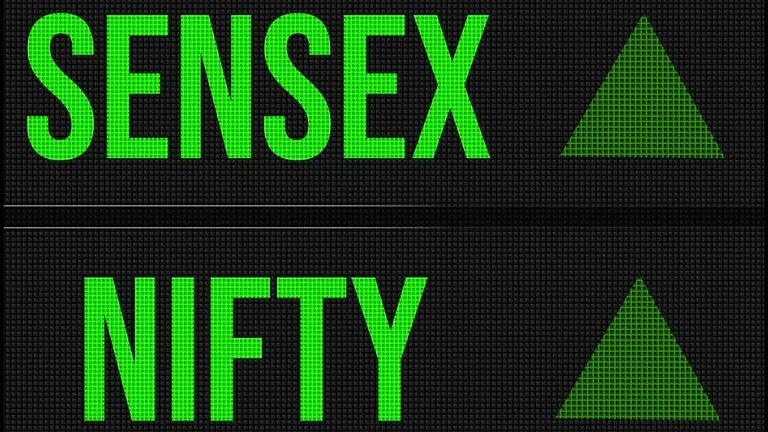Benchmark Indices were on a roaring bull run this week. While Nifty50 crossed the psychological 24,000 mark, Sensex was just inches away from hitting the 80k level. Interestingly, this time the rally wasn't led by small-cap or mid-cap indices but blue chip companies. Reliance alone witnessed a surge of more than 8 per cent in its share price this week. Meanwhile, small-cap companies, the once-darlings of retail investors failed to impress the D-street.
Between June 24 and June 28, the BSE Largecap index climbed by 2.17 per cent. However, the BSE Smallcap and BSE Midcap indices struggled to gain even a per cent, rising by only 0.13 per cent and 0.87 per cent respectively. This trend might have investors wondering if largecap stocks are the new flavor of the season.
The changing stance
It was only last year when smallcap and midcap companies were the stars of D-street. And while this trend continues to remain steady there has been a sectoral shift in markets, perhaps a more fundamental one.
"The healthy trend in the recent rally is that it is driven by fundamentally strong largecaps like Reliance, Bharti Airtel and the leading private sector banks. However, corrections can happen any time since the market is in the overbought zone and DIIs are booking profits," said Dr. V K Vijayakumar, Chief Investment Strategist, Geojit Financial Services.
Among the heavyweights, HDFC rose by 2.03 per cent this week, Bharti Airtel gained 2.47 per cent whereas, Infosys surged by over 3 per cent.
Earlier this year, Marcellus released a report suggesting that Megacap valuations are relatively cheaper as compared to other segments in the market. For instance, India’s 20 most profitable listed companies generate around 50 per cent of the profits among the BSE 500 companies. However, these Megacaps now account for only 34 per cent of the BSE 500’s market capitalization, a decline from 41 per cent a decade ago.
This decline in market cap share is mainly due to Indian retail investors' growing interest in SmallCaps. "As a result, on a P/FCF basis, not only are the Megacaps cheaper than every other segment of the Indian stock market, but they are also trading at the lowest valuations we have seen for Megacaps since 2016," the report had said.
The recent 5G spectrum auction which coincided with hikes in tariff rates by some major telecom players also drove the share price of industry heavyweights.
Meanwhile, the better-than-expected quarterly figures of commercial banks added to investor confidence. Despite a not-so-significant uptick in deposit levels and a rise in costs of funds, banks achieved record profits in the March quarter.
According to the 'State of the Economy' report by RBI, the Gross non-performing assets (GNPA) ratio of scheduled commercial banks declined to 2.8 per cent and the net non-performing assets (NNPA) ratio to 0.6 per cent in FY24.
This pushed Nifty Bank to a new high of 53,180, up by nearly 1,800 points before settling around 52k level again.
"No surprises to guess that the recent move is supported by the private banking sector which has been a laggard from previous 8 quarters but a usual favourite amongst the foreign participants," said Jaykrishna Gandhi, Head - Business Development, Institutional Equities, Emkay Global Financial Services.
More than the sectoral rotation, what drove the markets to new heights was the buying streak of FIIs. As per a report by Geojit Financial Services, FIIs increased their future index long position holdings by 2.61 per cent and decreased future index shorts by 53.52 per cent on Thursday. The shift suggests a more optimistic outlook among FIIs around the market's direction in the near term.
Concerns over valuations
The euphoric image has so far been backed by market analysts, who are expecting the bull run to continue next month as FM Nirmala Sitharam will be presenting the budget in the parliament for the seventh consecutive time. However, caution is still a call by market analysts, as valuations might reach to concerning levels.
While markets continue to reach unprecedented levels, the lack of solid domestic and global cues driving the surge in benchmark indices is adding to uncertainty among investors.
"The elevated valuations in the market continue to be a concern. But the market is not yet in bubble valuation territory. The weak trend in the broader market is likely to continue," said Vijayakumar.































